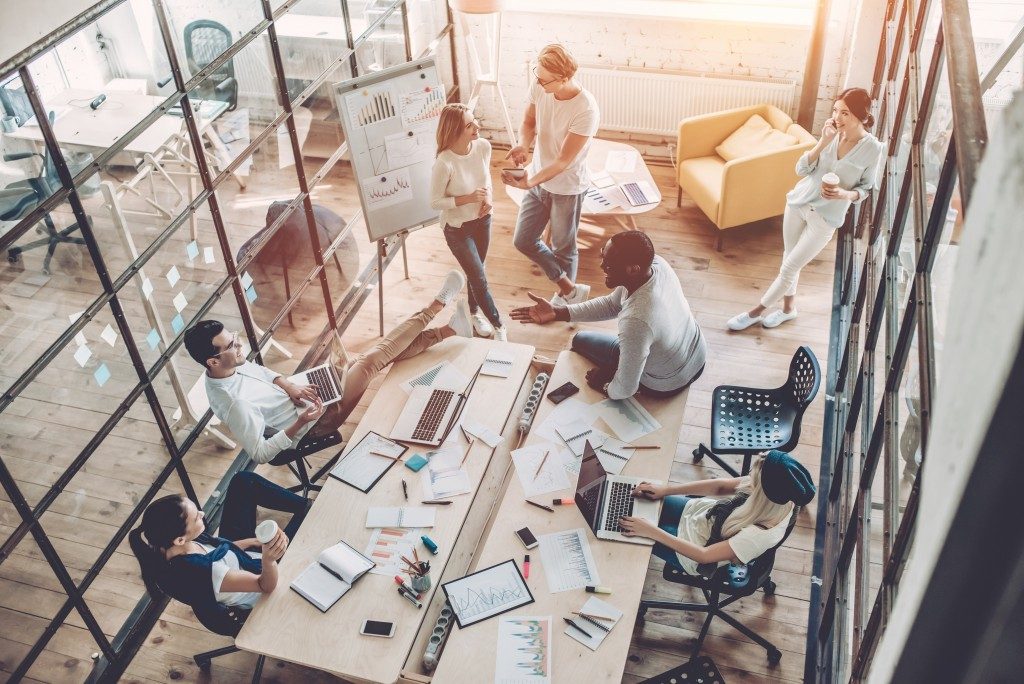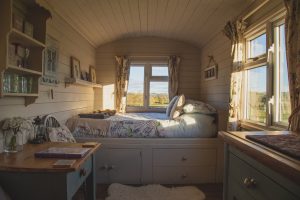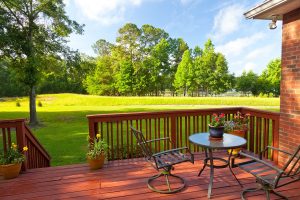Businesses want to attract and retain the best talent, with many offering competitive salaries and attractive benefits packages. Company culture also plays a factor in making people want to work for a business. It’s also worth considering the office’s interior design as a driving factor in attracting and keeping employees. Research shows that the room where job seekers are interviewed influences their decision whether to accept or turn down a job offer. A well-designed office also keeps current employees motivated and productive.
Each office is different, and there is no one-size-fits-all approach. But there are four common design trends to suggest to your clients to help employee productivity and contentment in the office.
Activity-Based Designs
In an activity-based working environment, employees don’t have a single dedicated workstation. Instead, they can choose where to sit in the office based on the nature of their work.
The activity-based workplace consists of various spaces reserved for collaboration, socialising, contemplation and solo work. Furniture will depend on work zones in the office. Soft seats like couches and casino stools encourage employees to sit down and work together. Workstations with open-celled dens give workers a sense of privacy. The use of movable furniture meets different needs such as small meetings or casual conversations.
Building features like staircases can also be designed as part of an activity-based workplace. Active Metal, an architectural staircase specialist, suggests the creative use of plinth-based stairs to provide casual meeting areas for employees.
Biophilic Designs
 A study by The Global Impact of Biophilic Design in the Workplace showed that people who work in spaces with natural elements, like plants and natural sunlight, said they were more productive and creative at work. Plants also improved air quality and reduced noise in a busy office.
A study by The Global Impact of Biophilic Design in the Workplace showed that people who work in spaces with natural elements, like plants and natural sunlight, said they were more productive and creative at work. Plants also improved air quality and reduced noise in a busy office.
A common way to introduce natural elements is by adding large potted plants to the floor plan and small potted plants on desks and cabinets. Installing bigger windows allow natural light into the office and provide outdoor views. The use of wood, stone or other natural materials in floors, staircases and other surfaces also gives a feeling of being close to nature.
Ergonomic Furniture
Managers in modern office workplaces are now acknowledging that sitting at the desk for long periods can have negative effects on health. As a result, more workplace designs aim to fit the needs of the employees rather than forcing people to fit into the design.
Installing human-centric office furniture is an effective way to make a workplace more ergonomic. Height-adjustable desks and chairs, as well as sit/stand desk risers, are common types of ergonomic furniture. Some offices also switch traditional chairs for exercise balls to allow mobility while seated.
Lighting also plays a factor in office ergonomics. Replace traditional lighting that is harsh on the eyes with softer lighting.
Industrial Office Designs
Instead of the typical office decor, industrial design offices are becoming increasingly popular because of their urban and modern looks. Also, industrial office designs are usually budget-friendly as are more minimalistic
The key element of an industrial office is the use of concrete, wood, metal and brick. Exposed ceilings, concrete flooring, rustic wood finishes and exposed piping add to the industrial feel. Replace executive desks with polished metal tables and modular desks. Raw hanging lights also illuminate the office instead of lamps.
Office design is an important part of the company strategy for attracting and retaining employees. Whatever the image of your company or the target of your brand, your results will be limited if you cannot attract or retain happy, hard-working staff.






